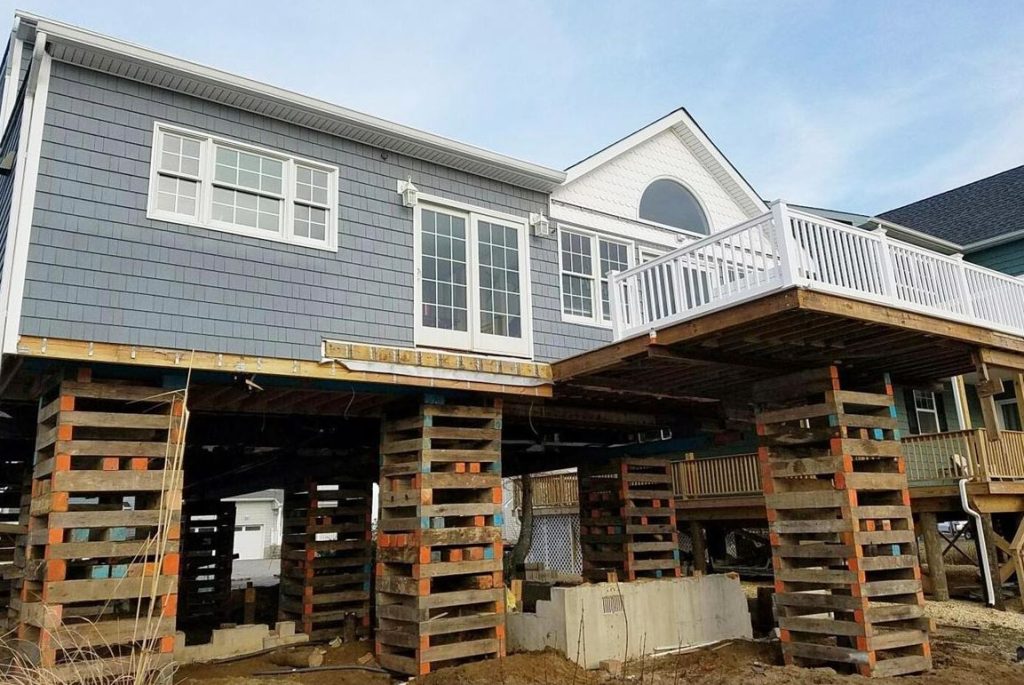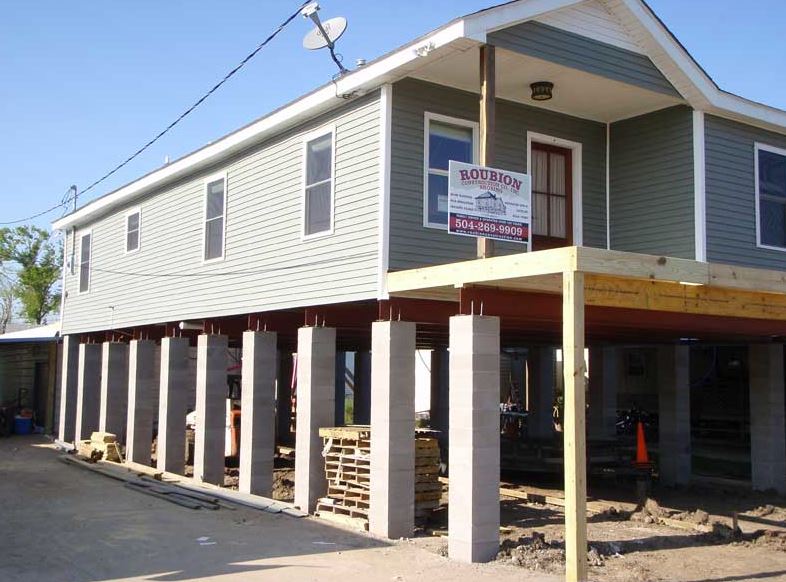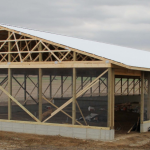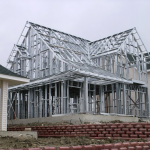Garage doors are essential to our homes and businesses, providing security, insulation, and convenience. However, the unsung hero of the garage door system is often the humble spring. These springs do the heavy lifting, making opening and closing these large, heavy doors easier. But what do we know about them? Understanding the science behind garage door springs can help us appreciate their critical role, make informed choices regarding types and materials, and recognise when it’s time for a replacement.
In this blog post, we will delve into the science behind garage door springs, discussing their mechanics, the materials used, and why they’re a critical safety feature. We will explore the types of springs available, from torsion springs to extension springs, and how to choose the right one for your needs. Additionally, we will examine the lifespan of these springs and the factors that affect them and provide some tips on when and how to replace them.
By the end of this post, you’ll have a comprehensive understanding of garage door springs, empowering you to make better decisions whether you’re installing a new garage door or maintaining an existing one. So, let’s get started!
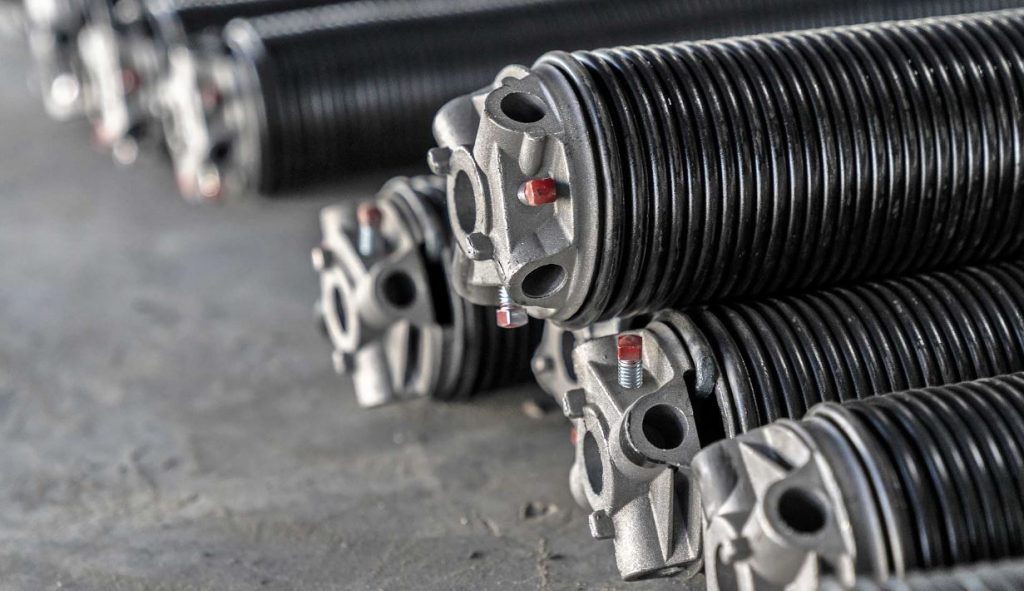
The Science Behind Garage Door Springs
Basic Mechanics
A straightforward mechanical principle: energy storage, at the core of a garage door spring. Springs are engineered to absorb and store mechanical energy when compressed or extended. This stored energy is then released to facilitate movement, such as lifting or lowering a garage door.
In the context of garage doors, springs counterbalance the door’s weight. When you push the door down or up, the spring compresses or expands, storing or releasing energy. This makes it easier to operate the door manually and reduces the amount of power needed from a garage door opener.
Material Science
The properties of a spring—strength, flexibility, and durability—depend on the materials used to construct it. Most garage door springs are made of high-strength steel alloys that are oil-tempered or coated with a weather-resistant material. These treatments enhance the natural attributes of steel, providing a good balance between strength and flexibility and preventing corrosion and rust, thereby extending the spring’s lifespan.
Safety Concerns
Garage door springs serve as a critical safety feature. Without them, the heavy garage door would be uncontrolled, risking a crash whenever you try to open or close it. The tension in the spring helps maintain the door’s balance, ensuring it remains where you leave it—whether fully open, partially open, or closed.
Types of Garage Door Springs
Torsion Springs
Torsion springs operate on the principle of twisting. When the garage door is moved, the spring twists, storing energy. They are usually mounted horizontally above the door opening.
Pros:
- It is more durable and long-lasting compared to other types.
- Provides better balance and smoother operation.
- Suitable for heavier doors.
Cons:
- More expensive.
- Requires professional installation due to high tension.
Common Uses:
- Residential garage doors are frequently used.
- Commercial settings with heavy doors.
Extension Springs
Extension springs extend or stretch when the garage door is operated, storing energy. These springs are usually found on the sides of the garage door or above the horizontal tracks.
Pros:
- They are less expensive than torsion springs.
- They are easier to install, making them more suitable for DIY projects.
Cons:
- It is less durable and requires more frequent replacement.
- Not suitable for heavier doors.
Common Uses:
- Smaller, lighter residential garage doors.
- Infrequently used garage systems.
Wayne Dalton TorqueMaster Springs
The TorqueMaster is a more modern, enclosed spring system designed for safety and simplicity. The springs are housed in a steel tube, hiding the components and simplifying the appearance.
Pros:
- Enhanced safety features due to enclosed design.
- Easier to operate manually in case of power failure.
Cons:
- Usually more expensive.
- Replacement parts may be proprietary, limiting your options for repair.
Common Uses:
- Residential homes prioritise safety and aesthetics.
How to Choose the Right Type
When selecting a garage door spring, consider the following factors:
- Weight of the Door: Heavier doors require springs with higher tensile strength, usually torsion springs.
- Frequency of Use: A durable torsion spring is often a better choice if the garage door is used frequently.
- Climate Conditions: Material and coating become crucial in corrosive or extreme environments.
Understanding the science behind garage door springs is not just intellectually rewarding—it’s also practically useful. This knowledge can guide you when it’s time to replace these critical components, helping you make informed decisions that can improve both the performance and safety of your garage door system.
Lifespan of Garage Door Springs
Average Lifespan
The longevity of a garage door spring can vary significantly based on its type and usage. On average:
- Torsion Springs: 15,000 to 20,000 cycles (one cycle consists of the door going up and returning down). This can translate to 7-12 years for a frequently used door.
- Extension Springs: 10,000 to 15,000 cycles, or roughly 5-9 years, depending on usage.
- Wayne Dalton TorqueMaster Springs: These can last a similar amount of time as torsion springs if well-maintained.
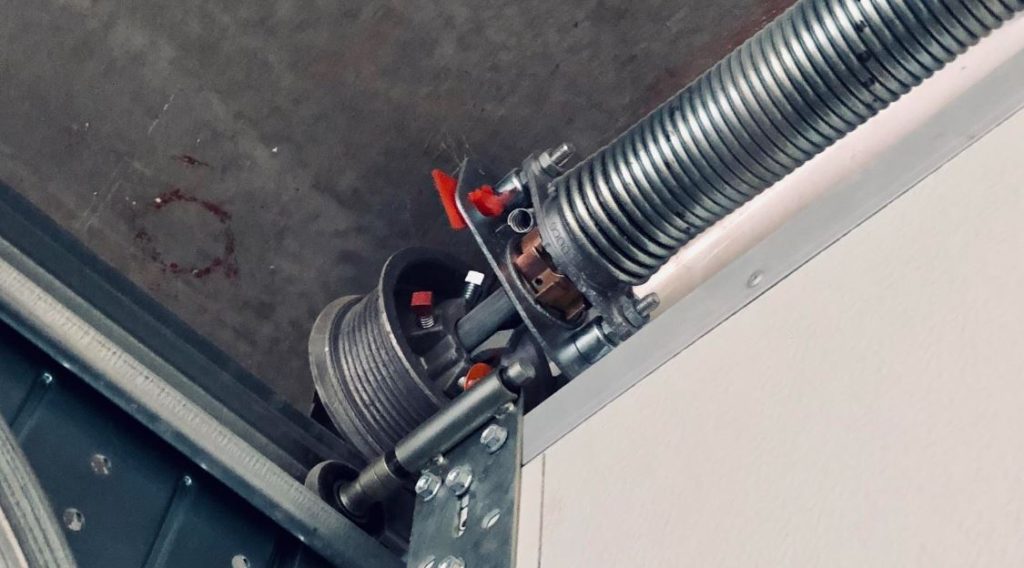
Factors that Affect Lifespan
- Frequency of Use: More cycles mean quicker wear and tear.
- Maintenance: Regular lubrication and inspection can prolong the lifespan.
- Quality of Material: Higher-grade steel lasts longer.
- Environmental Factors: Rust and extreme temperatures can significantly reduce lifespan.
Signs of Wear and Tear
Look for:
- Uneven opening or closing of the door
- Noticeable gaps in the spring coil
- Excessive noise during operation
- The door falling faster than usual
Replacement: When and How
When to Replace
- Age of the Spring: If it’s nearing the end of its expected lifespan.
- Visible Signs of Wear: Such as gaps, rust, or loss of shape.
- Decreased Functionality: Struggling motor or uneven movement.
DIY vs. Professional Replacement
- Pros of DIY: Cost-saving, learning opportunity.
- Cons of DIY: High risk if not done correctly, potential for voiding warranties.
- Pros of Professional: Expertise, quicker, often come with a service warranty.
- Cons of Professional: Costlier.
- Safety Precautions for DIY: Always release tension before starting, use proper tools, and preferably work with a helper for better control.
Costs Involved
- Torsion Springs: $50-$100 per spring
- Extension Springs: $30-$50 per spring
- Professional Installation: $200-$300 for the complete job
Step-by-Step Guide for DIY Replacement (Optional)
- Tools Needed: C-Clamps, winding bars, wrench set.
- Safety Precautions: Safety goggles, gloves, and no loose clothing.
- Procedure:
- Release the tension.
- Uninstall the old springs.
- Install the new springs.
- Wind the springs.
- Test and reassemble the door.
Garage door springs are a cornerstone in the functionality and safety of your garage door system. Understanding the different types, their lifespans, and the science behind how they operate can offer you not only peace of mind but also substantial savings over time. Regular inspection and maintenance, conducted by yourself or professionals like Entire garage door services, are crucial for optimally operating your garage door springs.
Choosing the right spring type initially can result in smoother operation and less frequent replacements. Knowing when and how to replace springs when they wear out is equally critical, offering you options for DIY projects or professional installations based on your comfort level and needs.
So, the next time you effortlessly open or close your garage door, you’ll know exactly what’s lifting the weight—giving you one less thing to worry about in your busy life.

